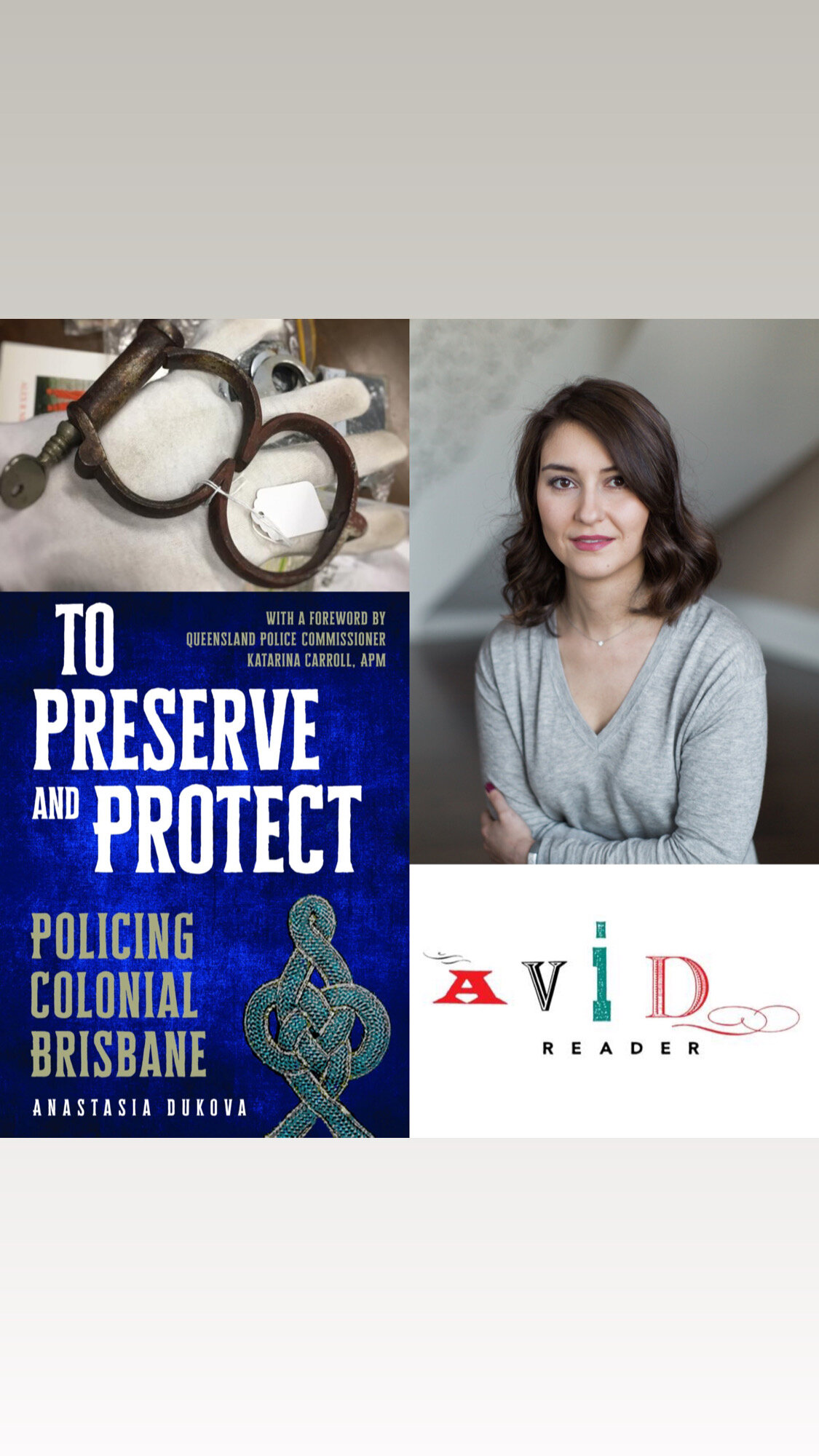I have been asked to share some thoughts on ‘The Best Books On’ and I chose to recommend a few titles on history of policing, crime and society in Ireland.
I recommended a few of my personal favourites which are shown below and are discussed in detail on Shepherd.com - Best Books on the History Policing, Crime and Society in Ireland.
Read More







